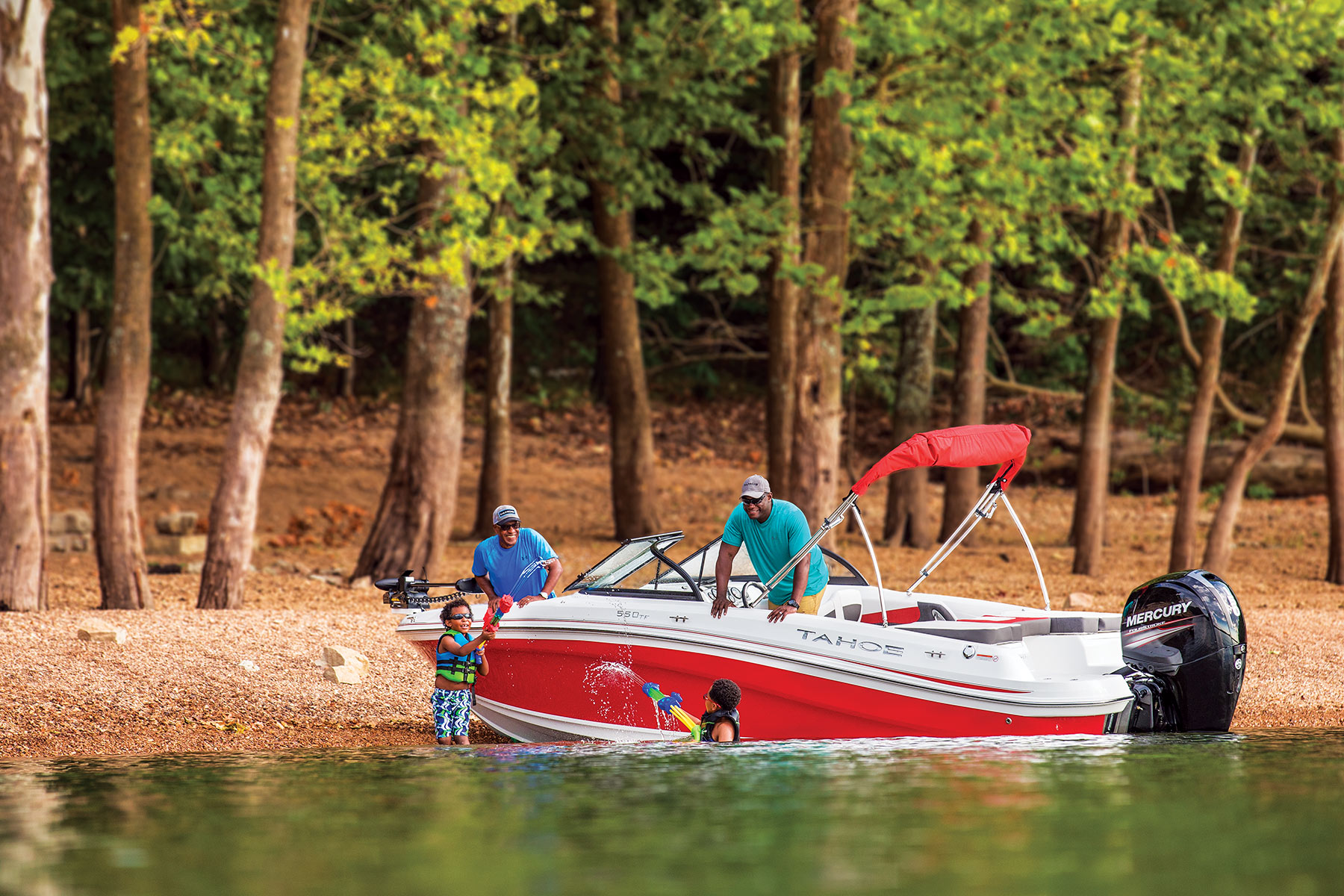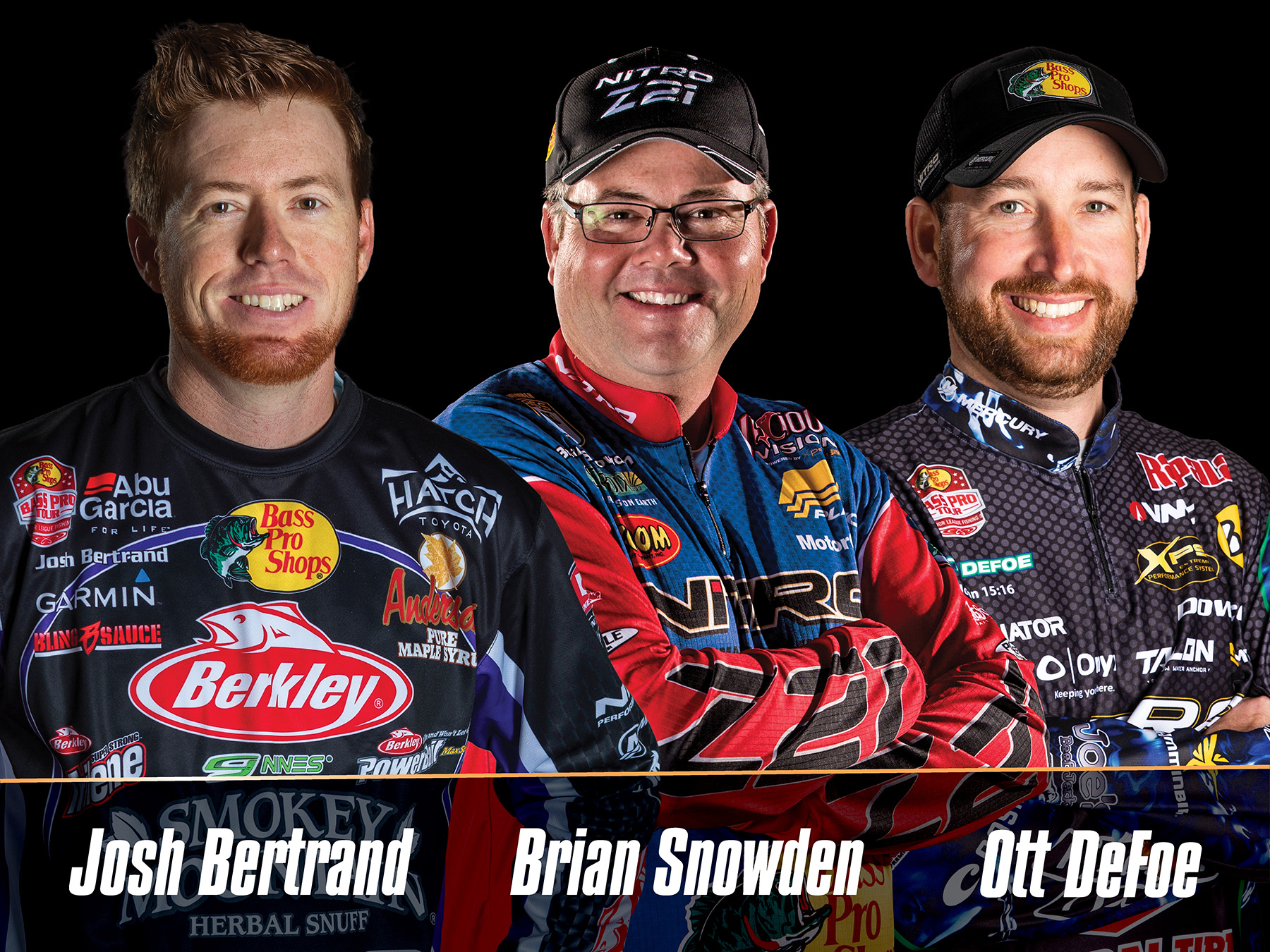Enjoying outdoor sports takes two things. Having fun and keeping it safe. Wearing protective gear designed for just about any activity is how you do both.
Campers wear hiking boots to gain traction while avoiding sprained ankles. Fly fishers wear waders to sneak up on trout while protecting their bodies from hypothermia. Boaters wear life jackets for obvious reasons.
ATV and UTV riders are no different.
In fact, protective apparel and accessories are even more important when riding off-road vehicles. You are fully exposed to everything standing in the way of you and the outdoors. That includes slapping tree branches, flying insects and airborne gravel.
The adventurous thrill of traveling through the countryside and going to new places where other motorized vehicles cannot. That is the allure of ATVs and UTVs (also known as side-by-sides), which can even double for farm chores. Just make sure you are prepared for anything you might encounter on the trails.
Be safe and have fun by wearing the proper safety gear on the following list. Make your ATV and UTV experience even safer by visiting the ATV Safety Institute website at atvsafety.org.










